While most of the world is practising social distancing and abiding by lockdown measures implemented by their respective government, what could be more ironic than an asteroid that is reportedly half the size of Mount Everest passing by the earth which looks like it’s wearing a mask.
The asteroid is about 2 km in diameter and revolves around its axis once every 4.1 hours, as was suggested by optical observations. What’s interesting is, the asteroid seems to be wearing a face mask, similar to humans.
It was first spotted in 1998 by NASA, named–52768 (1998 OR2)– will fly by the Earth next week. It will pass within 3.9 million miles of Earth, moving at approximately 19,461 miles per hour on April 29.

Asteroids keep passing by Earth, however, none has reportedly come this threateningly close our home planet.
There were many funny observations on twitter, some said, even the asteroid is scared to cross paths with Earth and is practising social distancing the best way possible.
The Arecibo Observatory in Puerto Rico captured a radar image of asteroid 1998 OR2.
Incidentally, the team members all wear a mask in the facility to contain the spread of coronavirus and have themselves compared their appearance to that of the object.
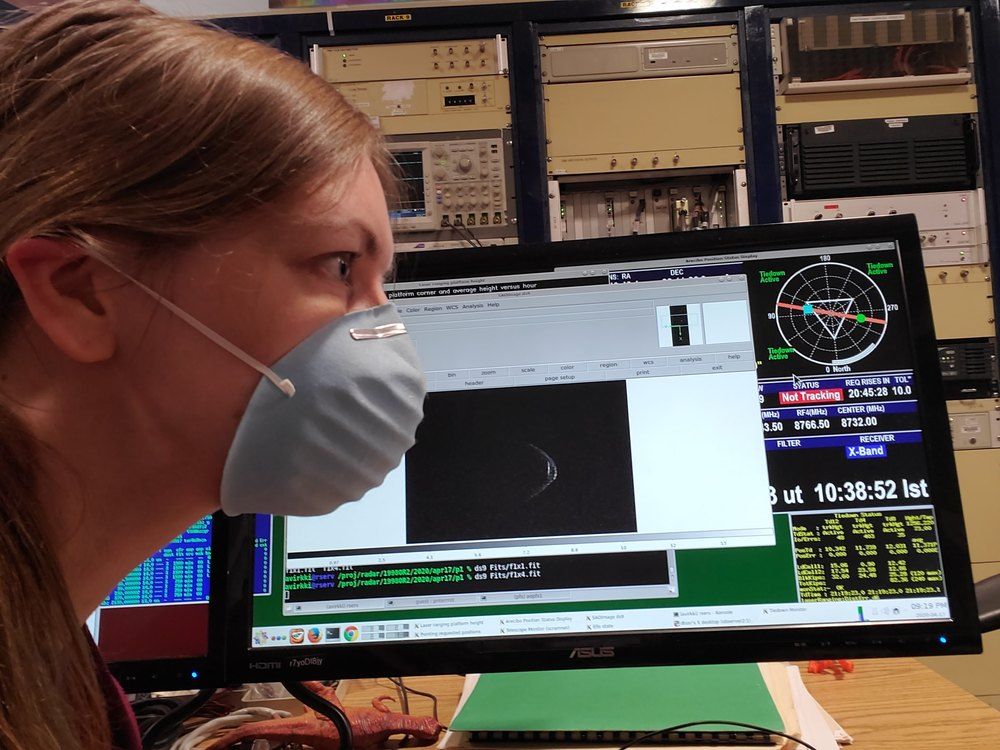
‘TeamRadar and the NAIC Observatory staff are taking the proper safety measures as we continue observations. This week we have been observing near-Earth asteroid 1998 OR2, which looks like it’s wearing a mask!’ one of their tweets read.
NASA tweeted that the asteroid even has its own small moon. The most likely way for an asteroid to get a moon is through a collision with another asteroid.
If the impact is at the right speed and angle, it can chip off a chunk of rock and throw it into orbit. If the impact is too powerful, though, the debris sails away into space, leaving the parent asteroid behind.
You may also like: WHO warns against immunity passports for easing lockdown
Classified as potential hazardous will pass 3.5 times closer in 2079
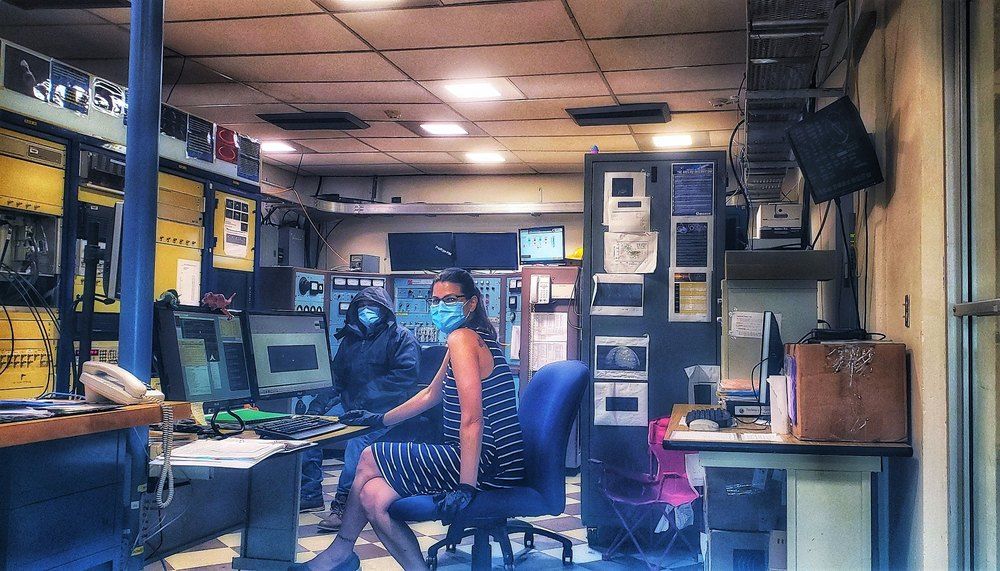
The asteroid was classified as a potentially hazardous object because as per classification — it’s larger than 500 feet and comes within 5 million miles of Earth’s orbit.
The experts at Arecibo can monitor the asteroids and use observations to determine their path in the future to see if they pose a risk to Earth.”The radar measurements allow us to know more precisely where the asteroid will be in the future, including its future close approaches to Earth,” said Flaviane Venditti, a research scientist at the observatory, in a statement.
“In 2079, asteroid 1998 OR2 will pass Earth about 3.5 times closer than it will this year, so it is important to know its orbit precisely.”
This particular asteroid was discovered by NASA in 1998. It is ‘large enough to cause global impacts’ if it were to hit Earth but that is not likely.
The asteroid is clearly not actually wearing a mask, it is just shaped like one. However, given how we all have that on, on Earth, it seems like an extraordinary and ironic coincidence.

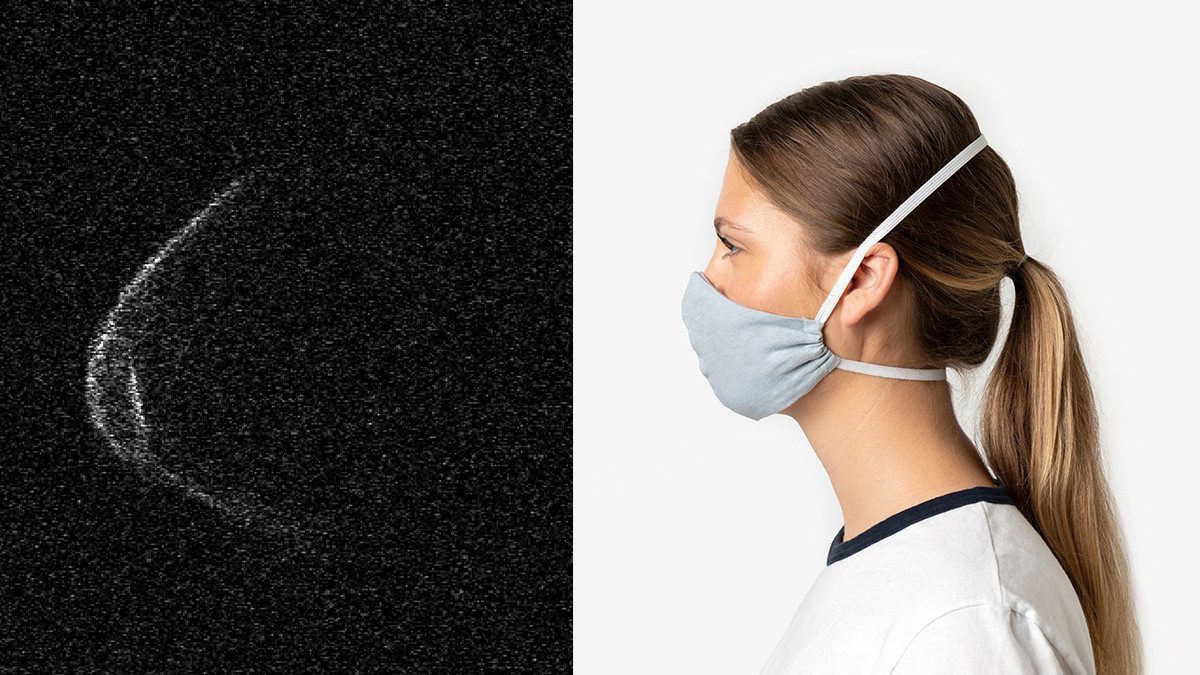
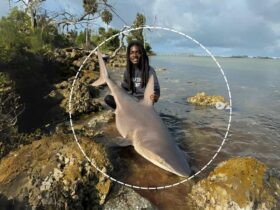












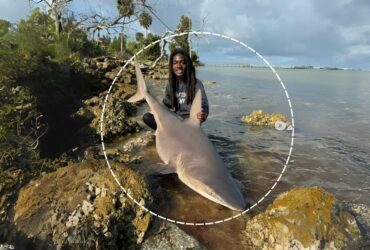



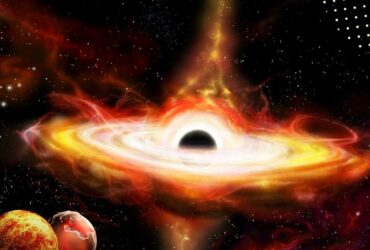




Excellent